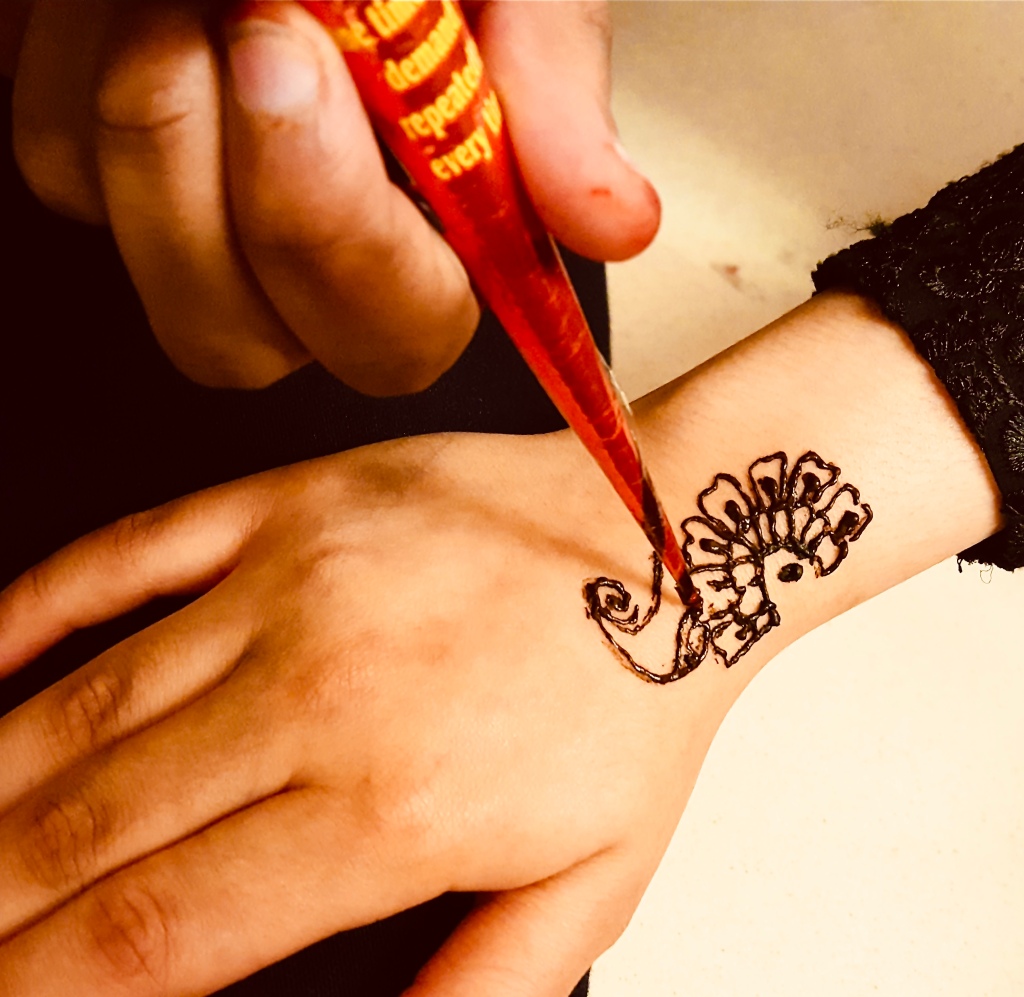In a diverse high school like ours, students’ clothing can fall at two ends of the spectrum: revealing, or very conservative. Students from Dominican Republic might see a crop top as normal school wear, while a student from Yemen might see a female’s bare arms or hair as taboo. It’s an interesting balance.
When I founded our school in 2011, our students wore a uniform, but enforcing it became too much of a full-time job. Instead of saying, “Why aren’t you wearing your uniform?” I wanted to just say, “Hi!” Parents and kids said they wanted the uniform but so few wore it that we abandoned it. Now, students can mostly wear what they want.
And yet–there is still a judgement about clothing. Every year in May as the weather warms up, a staff member comes up to me and says in a low voice, “You need to talk to your girls about appropriate dress” and then looks pointedly at a student in a short skirt or tank top. There is a double-disapproval in the comment: one, against the student, and the other, against me for not doing something about it.
Then I feel a pressure to start regulating what’s appropriate. Should I visit every class and tell them what not to wear?
Attitudes about dress code have been changing, though, and this year in June, something big shifted. The NYC Department of Education came up with new, modern guidelines: Dress code “1. Must be implemented equally and in a non-discriminatory manner. 2. Must not prohibit ‘distracting’ clothing or certain types of clothing that is stereotypically associated with one gender (e.g., only prohibiting miniskirts or camisole tank tops which are predominantly worn by students who identify as female).”
I was surprised by how I felt when I read that: relieved. Free. Released from a set of expectations of how I should be as an educator and a principal. There will always be wildly different standards for clothing; our students adapt to the differences more than we give them credit for. Reading those guidelines, my job suddenly got easier.
Photo credit: Julie Nariman

